Loading Dock Safety
Loading Dock Safety
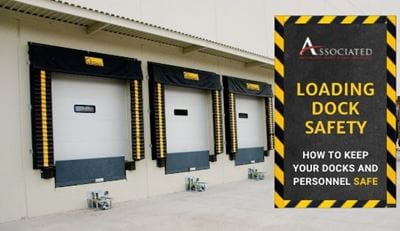
Loading docks can be one of the busiest and most hazardous areas of your warehouse.
Every year, hundreds workers are killed or seriously injured when the forklift they are operating falls off the loading dock. Forklift operators must be aware of hazards such as:
- Congested staging areas
- Pedestrian traffic, restricted views
- Wet and slippery floors
- Overhead obstructions
- Trailer drop and trailer creep
- And many other hazards found in or around a loading dock
One or more of these hazards can be present at any time so it is important that all of your workers are trained on the types of hazards they may encounter when working at your loading dock.
In order to determine what hazards may be present at your loading dock a detailed hazard assessment should be conducted and the proper safety and operational procedures must be established and enforced.
The following is a list of recommendations that will help improve safety in your dock area:
-
Always ensure the proper lighting is used.
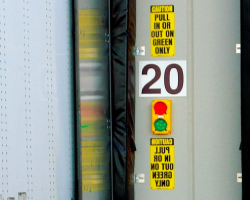
The proper use of lights is imperative to the safety of these environments not only to ensure optimal visibility but also to communicate with the freight drivers and warehouse staff. Dock traffic light systems can help to signal to drivers, via a red or green indicator, when it is safe to dock or pull away from the loading dock. Additionally, internal dock lights can help to brighten hard to reach loading and unloading areas. -
Always use wheel chocks or truck restraint devices while loading or unloading trailers.
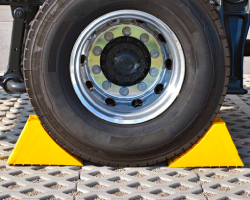
Trailer creep occurs when a lift truck enters and exits the trailer causing it to separate from the loading dock. Using wheel chocks, or other restraint devices, will help prevent trailer creep from occurring. Today, there are a number of truck restraint devices that engage mechanically instead using the traditional rubber chocks which are not as safe. -
Use the proper equipment to load and unload.
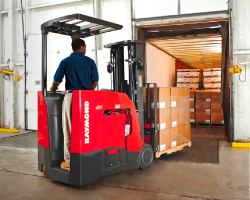
Forklifts used in your warehouse will often have different mast heights, which could mean that not all of your lift trucks will be able to drive into a trailer. Always check the mast height on your lift truck to ensure that you are able to enter and exit the trailer safely. Additionally, different forklifts also have various degrees of maneuverability, make sure your equipment has the proper turning radius for the trailer and load. -
Keep dock areas clean, organized and well maintained.
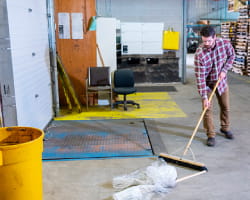
It is very important to have designated areas for staging used and empty pallets. Painting or taping these areas will help your employees recognize these designations. It is also very important to have routine maintenance performed on your docks to ensure debris is cleaned out, springs and shocks are working correctly and are properly lubricated. -
Use Dock Seals and Bumpers to protect the dock area.
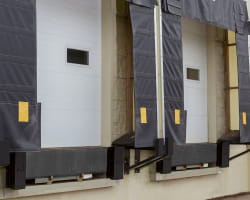
Dock seals will help to keep your employees safe from harsh environmental conditions. Dock bumpers will protect your building from damage. Many operations install these with their dock doors, however these are wearable parts and it is imperative they are inspected and replaced periodically. -
Use physical barriers and restraints near open doors.
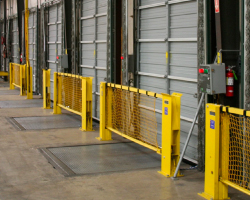
Many times, dock doors are left open creating additional fall hazards for lift truck drivers and other dock workers. Using physical barriers around open doors will help prevent lift truck operators from driving their lift truck off the dock.
These are just a few recommendations for improving dock safety. Remember, the majority of dock accidents can be prevented through proper training, using the proper equipment, and enforcing company safety rules and operating procedures. If rules and procedures are not enforced, employees will not follow them!


